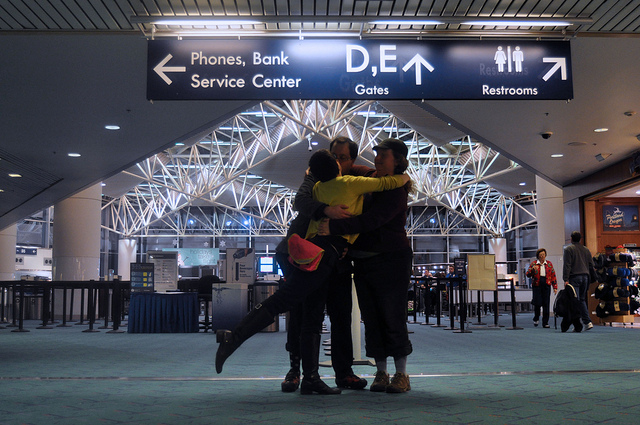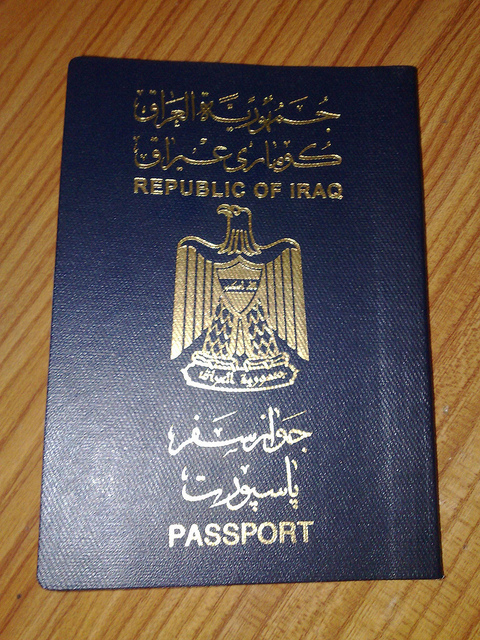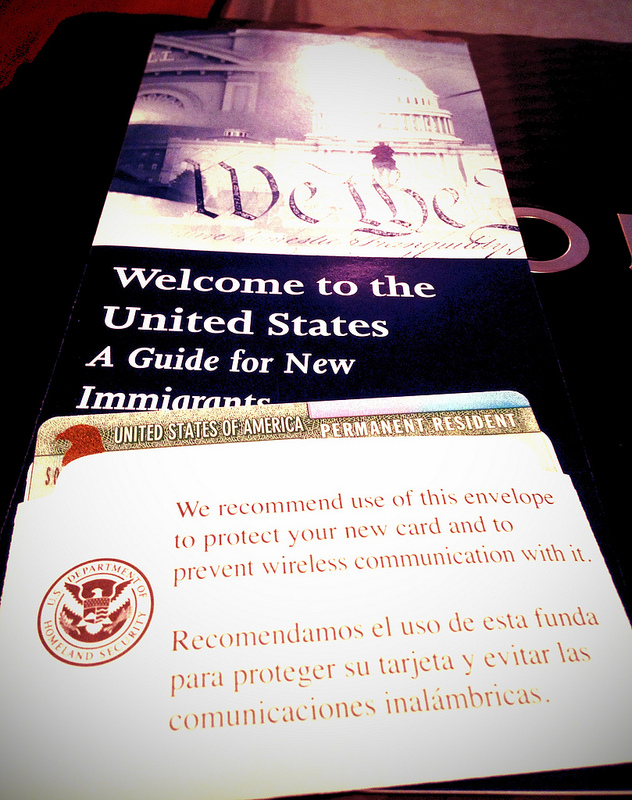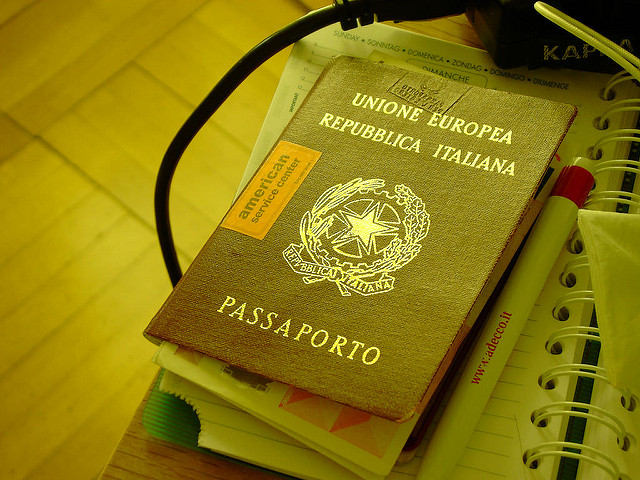You have questions, we have your answers. Here are answers to 6 of your Frequently Asked Questions.
In this blog, we are answering 6 of your frequently asked questions in detail. Please remember that every case and every story is different and unique. You should not compare your situation to anyone else’s. We hope that our answers will provide you with further guidance on your immigration journey. For any further questions please visit our website or call our office for a free first time legal consultation. We thank you for your continued trust in our law office.
Q: Should I hire an attorney to file my green card application and go with me to the green card interview?
This will largely depend on the complexity of your individual case. For example, there are individuals that are eligible to adjust their status to permanent residence based on their marriage to a U.S. Citizen or based on a qualifying family relationship, but may be applying for permanent residence under special circumstances such as 245i or another special immigrant classification such as VAWA.
Still other individuals may be applying for their green card for a second time after being denied.
Individuals who are applying for their green card under one of these special immigrant classifications should absolutely seek the assistance of an immigration attorney to apply for permanent residence to avoid any mistakes in filing and to be well prepared for the green card interview. In these situations, any minor mistakes on the paperwork can result in major delays, or worse—require refiling the green card application altogether. In addition, for complex cases it is always important for an attorney to prepare the foreign national for the most vital part of the green card application which is the green card interview. An attorney’s presence at the green card interview is also important to ensure that the foreign national’s rights are not violated by the immigration officer.
 Visa Lawyer Blog
Visa Lawyer Blog











